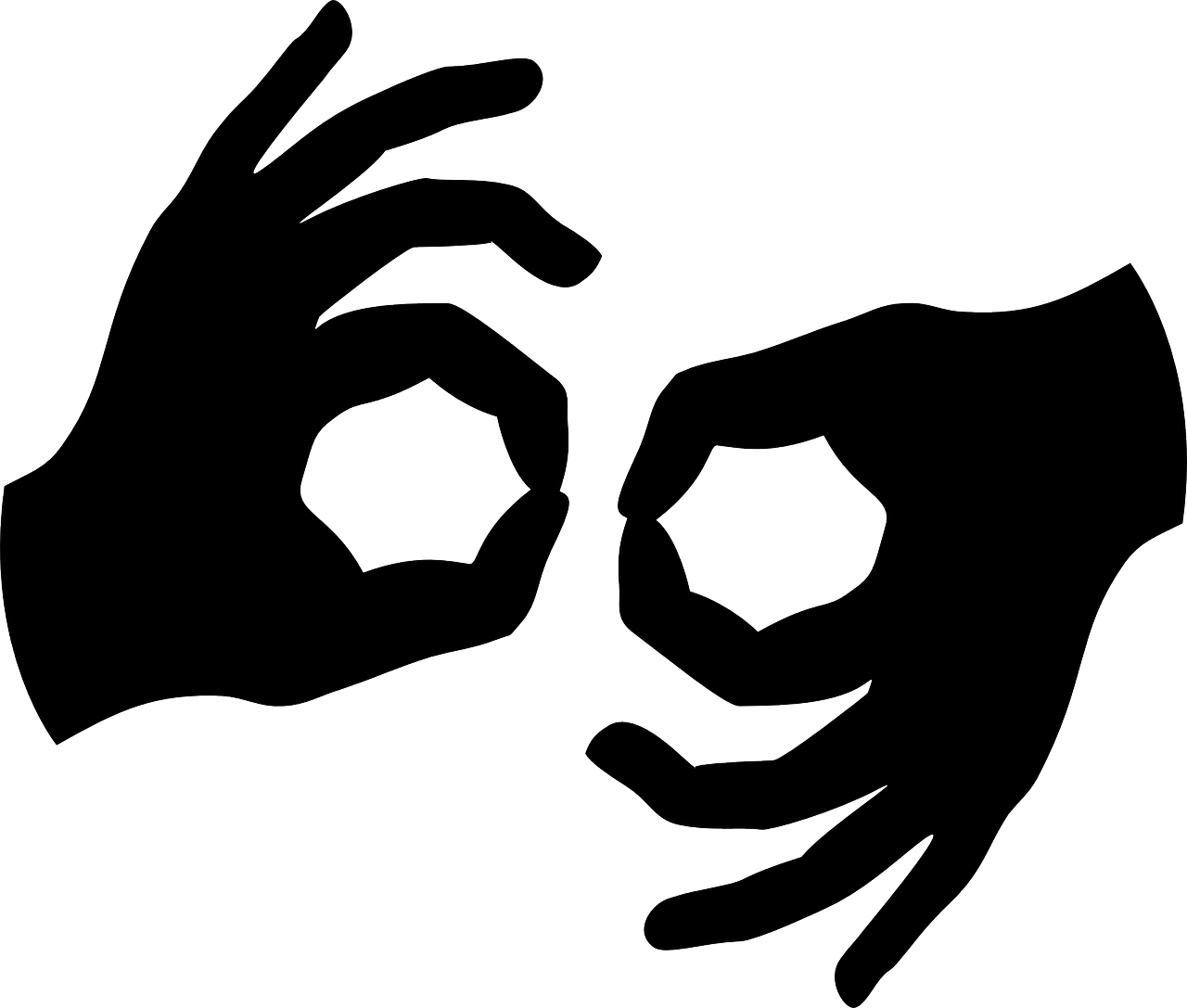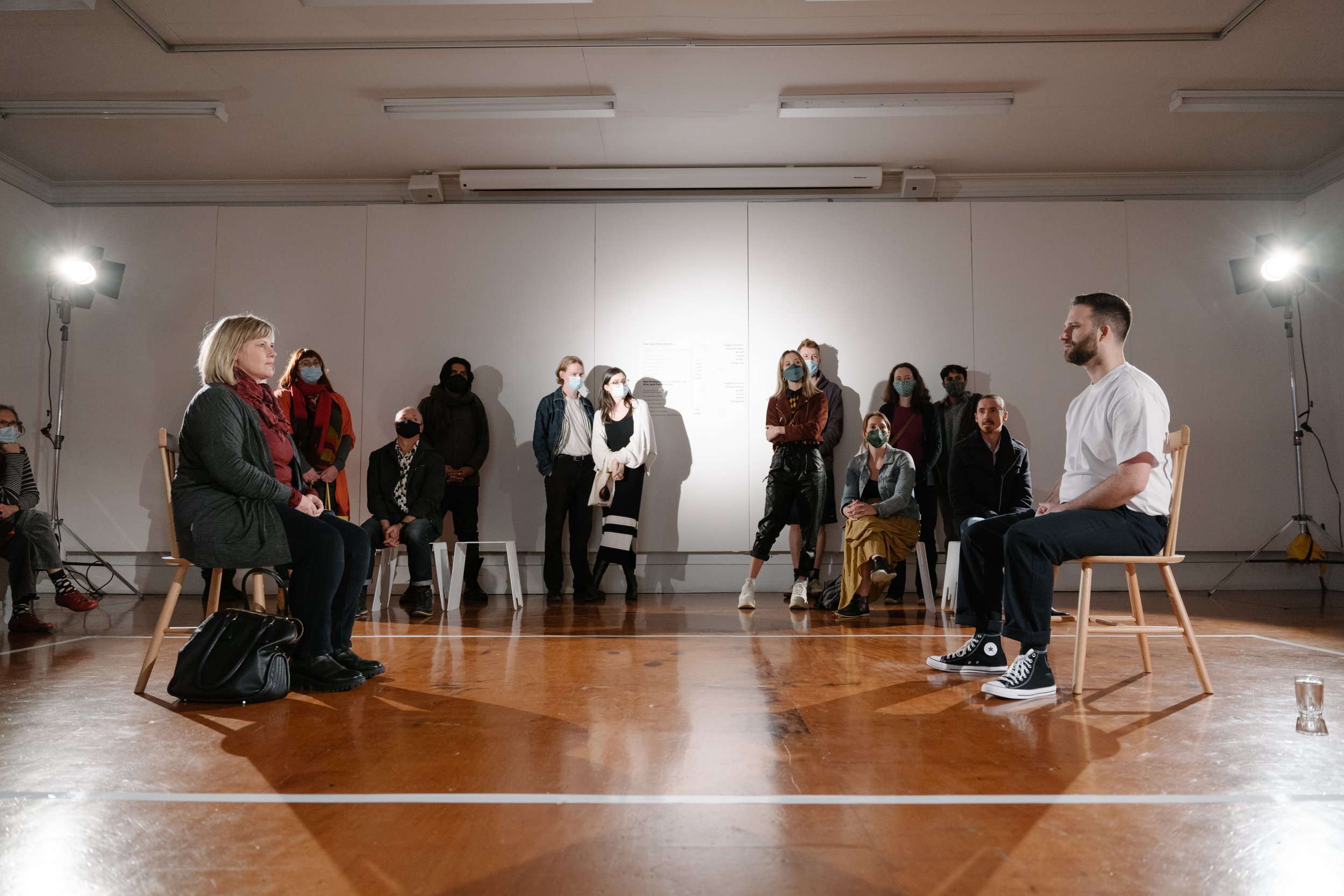ACCESS
ACCESSIBILITY &
PRE-VISIT INFORMATION
Hi, my name is Hamish. I am the creator and performer of Access.
My creative team and I are working to make performances of Access as accessible and inclusive as possible, removing and reducing barriers to engaging with Access. This is an ongoing journey for us.
Please find our current accessibility and pre-visit information below.
What’s on this page?
Accessibility
Content Information
This show has emotions, loud sounds, and voluntary audience interaction.
While open to audiences aged 8+, parental guidance is recommended.
You’ll see an actor performing different emotions, and you might see other people in the audience doing different emotions too. This may involve him making potentially distressing sounds associated with big emotional expressions.
You are welcome to express your own feelings and emotions during the show if you like.
For this show, we break the usual theatre rules. If you need to, you can take a break outside and return later.
Performance Accessibility
Audience Minder: Each performance has an audience minder. They are there to help you find your way, offer assistance, and answer any questions you have.
Audience Seating: Most of the audience will stand to watch the show, but you can also sit on the floor. A limited number of audience seats will be available. These can’t be reserved before the show, but the minder can support you in accessing them on arrival.
Wheelchair and Physical Access: If you want to interact with the show, you can sit across from the actor. The chair used in the show does not have armrests. If you use a wheelchair or mobility device, we can make the space work for you. The minder can remove the chair for you. If you have a personal assistant/companion, they can assist you in entering the performance area to interact with the show.
Blind and Low Vision Access: The instructions for the show will be in big print and easy to read. The minder will be there to help you understand them. Currently, we don't offer an audio-described performance.
Social Script: This tells you what you can expect when you see the show, view it here. Currently, we don’t have relaxed performances of this show.
Sign Language
Interpreted Performances: We will have some shows with sign language interpreter interpreter. Click here for more information.
Performance Instructions: The show has a lot of visual elements and not much talking. If you are D/deaf or hard of hearing, you can still enjoy the show. The performance instructions are available in NZSL and Auslan. You can use sign language to sign to the actor your chosen emotion if you want to interact. Click here to view the instructions in NZSL. Click here to view the instructions in Auslan.
Venue Information
No upcoming performances.
New Zealand Sign Language
Information about Access in New Zealand Sign Language
Introduction from Hamish.
What Happens in Access
Performance Instructions
Emotion Signs
Auslan
Information about Access in Auslan
Information about Access at Melbourne Fringe Festival
What Happens in Access
Performance Instructions
Emotion Signs
Interpreted Performances
No upcoming performances.
What Happens in Access
This section describes everything you can expect to see at the show.
About the Show
The show is about human connection and emotional vulnerability.
This show is a type of theatre called “Performance Art”. The actor doesn't talk to tell the story. Instead, he uses body movements and facial expressions to show different emotions like happy, sad, and angry.
It is a semi-interactive performance artwork. The actor won’t put people on the spot or call people out of the audience to interact with the performance. Each audience member decides if they want to interact with the show.
The show will be approximately 60 minutes long.
Before the Show Starts
Before the show starts, an usher and an audience minder, whose role is to support the audience, will welcome you. They might check your ticket and show you where to stand.
If you have questions or need help during the show, you can quietly ask an usher or the audience minder. They are there to assist you and will make themselves known to the audience.
When you enter the room, you might hear music playing. You will see a big white square marked on the floor. Inside the square, there will be two chairs facing each other. This is where the actor will perform.
Performance Instructions
On the wall, you will see a poster that says:
This performance includes:
Aggression, Happiness, Grief, Lust, Fear, Disgust
One person may sit with the performer at a time, request one of the emotions, and stay seated for as long as they like.
These are the instructions for how to interact with the performance. You don’t have to interact with the show if you don’t want to.
If you are Deaf or hard of hearing, there will be a poster with a QR code that you can scan with your phone camera to see a video of the instructions translated into New Zealand Sign Language.
The audience will stand around the actor, and sometimes they can interact with him. It’s like looking at a painting in a museum but with a real person.
If you need a break or feel uncomfortable, it’s okay to leave the space and come back later.
The Show
The show will start when the actor comes in and starts talking to the audience.
He will wear a white shirt, dark pants, and black and white shoes. Everyone in the audience should be quiet and watch the actor when this happens.
The actor will sit on one of the chairs in the square. The actor will stay in his chair for the duration of the show.
There is no physical contact between the actor and the audience during the show.
People from the audience will interact with the show by sitting in the other chair one at a time.
When you sit down, you will tell the actor which emotion you want him to perform. You can say it to him out loud, or if you know New Zealand Sign Language, you can sign the name of the emotion.
If verbal or signed communication is a barrier to interacting with the show, the audience minder will have a hand-held list of the emotion names. You can take this list and point to your chosen emotion when you sit down.
The six emotions are:
Aggression
Happiness
Grief
Lust
Fear
Disgust
The actor uses his facial expression and body to show the chosen emotion.
You can move around the square during the show to watch the performance from different sides.
Interaction
Not everyone may get a turn to interact with the show. Remember, you don’t have to interact if you don’t want to.
The show might make you feel different emotions, but you don't have to show an emotion yourself if you don't want to. Some people just watch and don't do anything. Some people copy the actor. Some people might feel a different feeling.
Most people who interact will sit for a little bit, about 30 seconds to 3 minutes, then stand up and leave.
This way, other people can have a turn to be part of the show.
Sometimes there is a gap between audience members sitting on this chair. No one from the audience might sit in the chair for some time. This is normal for the show, and the actor doesn’t mind.
If two people try to sit down at the same time, they will take turns.
The Experience
During the show, the actor might show his feelings with little or big movements of his face and body. He might also make noise and breathe loudly.
You can watch the actor, the people who sit in the chair, and the other people around you.
You might see other people laughing, crying, feeling scared, or being silly. It's okay to feel different ways during the show. It’s okay for the audience to make noises too.
If you feel too uncomfortable or need a break, you can step outside the space and return when you're ready.
Each show will be a little different because the actor doesn't know which feelings the audience will want him to show. This makes it fun for both the actor and the audience.
The End of the Show
When the show is over, the actor will stand up.
Some people might clap their hands to show they liked it. You could clap too if you enjoyed the show.
The actor might talk and thank the audience for coming.
There will be a poster with a QR code to an online feedback form. You will be invited to share your experience and tell the actor what you thought of the show in this form. You don’t have to complete this form if you don’t want to.
Then, everyone will pick up their things and go.
Resources
This performance contains emotional content and may bring up feelings or emotions you might want to talk about.
If you need support or want someone to talk to, there are a range of services available.
Resources for Australia
Beyond Blue – 1300 22 4636
Lifeline – 13 11 14
SANE Australia Helpline – 1800 18 7236 (1800 18 SANE)
13YARN – 13 92 76
QLife - 1800 184 527
Resources for New Zealand
Need to talk? Free call or text 1737 any time for support from a trained counsellor.
Lifeline – 0800 543 354 (0800 LIFELINE) or free text 4357 (HELP).
Suicide Crisis Helpline – 0508 828 865 (0508 TAUTOKO).
Samaritans – 0800 726 666
Depression Helpline – 0800 111 757 or free text 4202 (to talk to a trained counsellor about how you are feeling or to ask any questions).
Anxiety NZ – 0800 269 4389 (0800 ANXIETY)
Outline - 0800 688 5463 (0800 OUTLINE)
Contact
If you have any questions, would like to discuss any access needs, or would like to contact the production directly, use this contact form.







